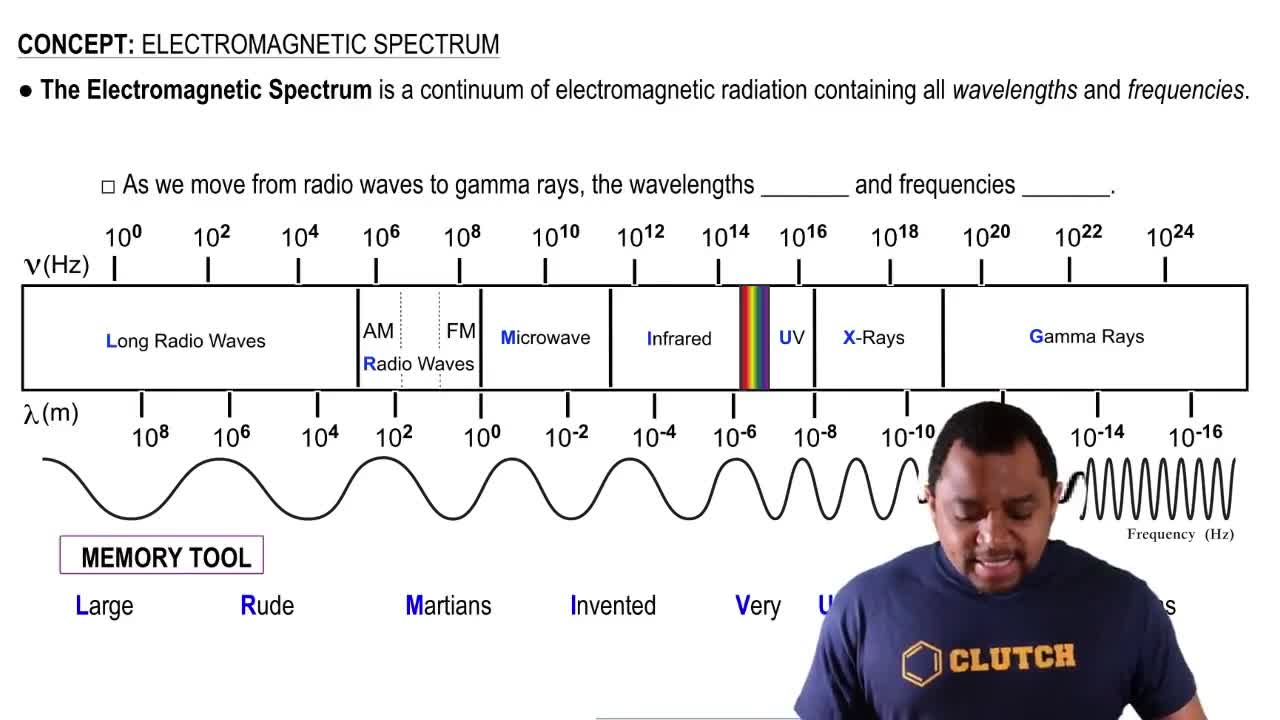Here are the essential concepts you must grasp in order to answer the question correctly.
Band Gap Energy
The band gap energy is the energy difference between the valence band and the conduction band in a semiconductor. It determines the energy required for an electron to jump from the valence band to the conduction band, allowing for electrical conduction. In the case of CdSe, a band gap of 1.74 eV indicates the energy of photons that can be absorbed or emitted by the material.
Recommended video:
Intepreting the Band of Stability
Photon Energy and Wavelength Relationship
The energy of a photon is inversely related to its wavelength, described by the equation E = hc/λ, where E is energy, h is Planck's constant, c is the speed of light, and λ is the wavelength. By rearranging this equation, one can calculate the wavelength of light emitted by a semiconductor when an electron transitions from the conduction band to the valence band, releasing energy in the form of a photon.
Recommended video:
Frequency-Wavelength Relationship
Electromagnetic Spectrum
The electromagnetic spectrum encompasses all types of electromagnetic radiation, ranging from radio waves to gamma rays. Each type of radiation is characterized by its wavelength and frequency. The visible light region, which is relevant for LEDs, typically ranges from about 400 nm (violet) to 700 nm (red). Understanding where the emitted wavelength falls within this spectrum helps identify its color and potential applications.
Recommended video:
 Verified step by step guidance
Verified step by step guidance

